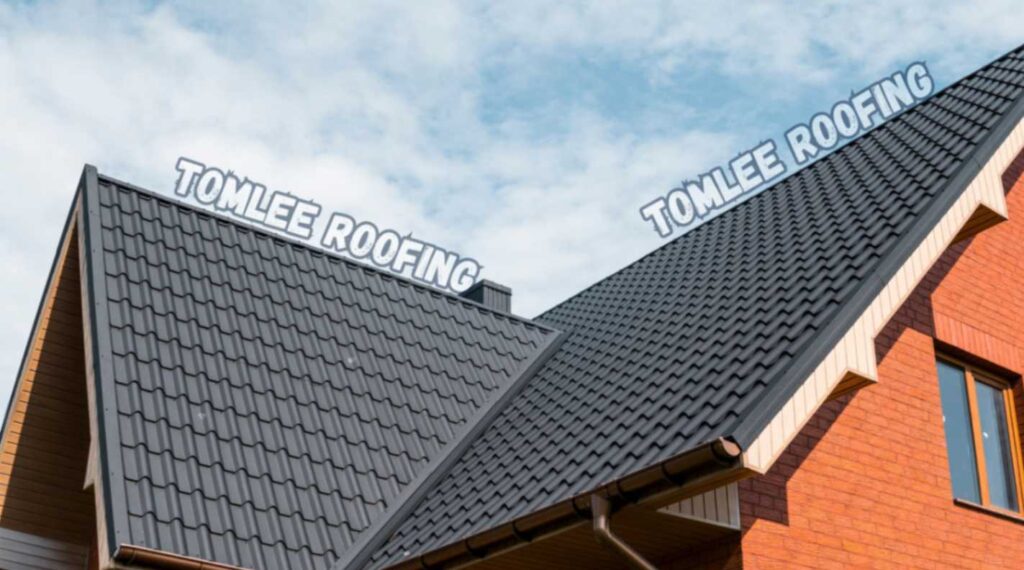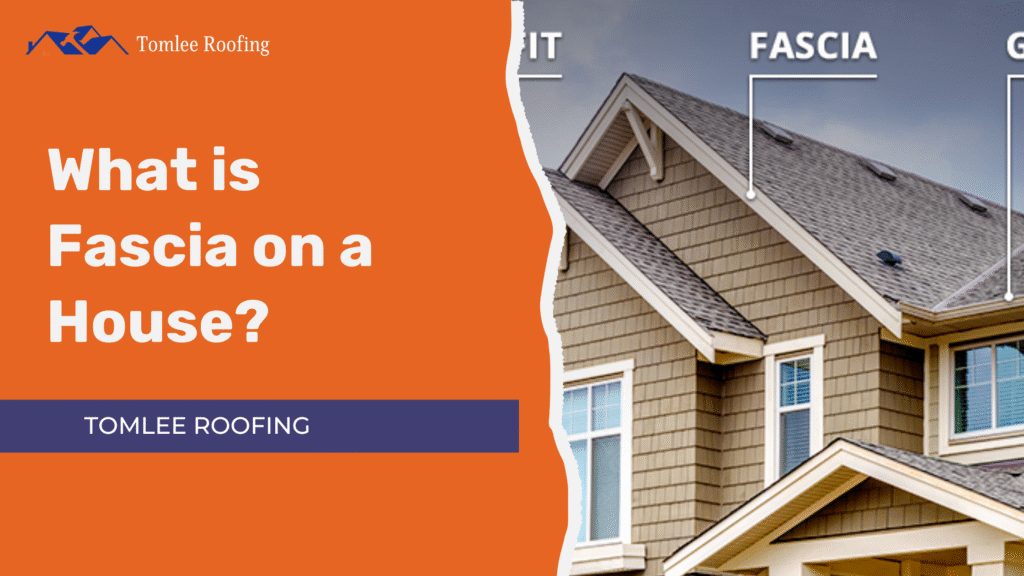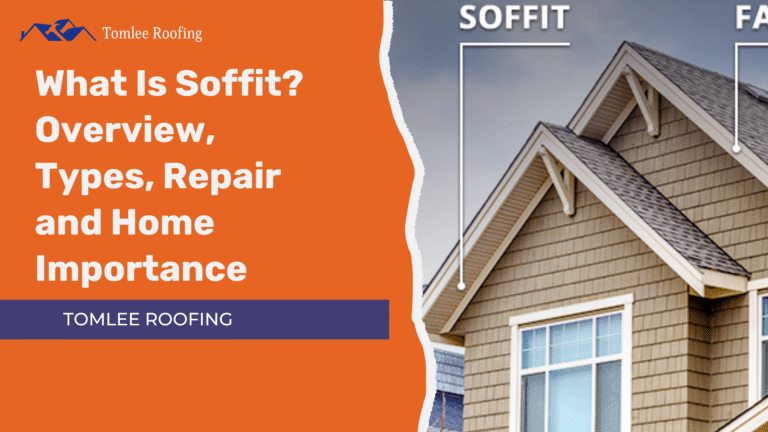Concrete and clay roof tiles are great when it comes to tough, fashionable, and durable roofing material. Both have their pros and cons, and what’s suitable for your house will depend on many aspects, such as climate, budget, and aesthetic taste. In this article, clay roof tiles and concrete roof tiles are compared so you can choose the right one that best suits your house.
Concrete vs. Clay Roof Tiles: Aesthetic Options for Your Home
Knowing Concrete Roof Tiles
Concrete roof tiles are produced by using sand, cement, and water, making them solid and weatherproof. They are available in many colors and forms to suit any theme; some tiles resemble the texture and appearance of other materials such as wood or slate.
Benefits of Concrete Roof Tiles
- Long-lasting: Concrete roof tiles can withstand harsh weather, such as heavy rainfall, gusts, and even hail.
- Variety: They come in various styles and colors and can enhance the look of almost any new or old building.
- Cost: Concrete tiles are comparatively less expensive than clay ones, providing a more affordable alternative for many budgets.
Detriments of Concrete Roof Tiles
- Heavy Weight: Concrete tile roofs have a much greater weight and often require additional structural reinforcement in parts of the house.
- Color Fade: While concrete tiles come in many colors, they are prone to fading due to exposure to direct sunlight.
- Maintenance Needs: The occurrence of moss or algae on concrete tiles, due to moisture in the air or coastal locations, increases maintenance needs.

What Are Clay Roof Tiles?
Clay roof tiles have been used for centuries, especially in warmer regions of the world. Made from natural clay and baked at very high temperatures, these tiles are strong and highly fire-resistant. Although the red-orange color is classic, they are available in many other colors.
Benefits of Clay Roof Tiles
- Durability: Clay roof tiles are very strong and can last 50-100 years if kept in good condition. They are not susceptible to rot, infestation, or harsh weather conditions, often requiring less frequent repair. Clay roofs also retain their color well over time, resisting prolonged UV exposure more effectively than concrete.
- Energy Efficiency: Clay tiles have natural insulating properties, regulating indoor temperatures and reducing energy costs.
Disadvantages of Clay Roof Tiles
- Higher Cost: Clay tiles are more expensive than concrete tiles, which may increase overall roofing costs.
- Brittleness: Clay tiles are somewhat brittle and may crack under the impact of heavy objects.
- Installation Requirements: These tiles are fragile and require professional installation and a structural support system.

Concrete vs. Clay Roof Tiles: A Side-by-Side Comparison
Durability and Longevity
- Concrete Roof Tiles: Last 30-50 years but require maintenance and eventual replacement.
- Clay Roof Tiles: Generally last 50-100 years, require little maintenance, and have excellent color retention over time.
- Aesthetic Appeal
- Concrete Roof Tiles: Offer flexibility in style, color, and texture, working with almost any architectural style.
- Clay Roof Tiles: With a classic appearance, clay tiles are more popular in Mediterranean and Spanish-style homes.
- Weight and Structural Requirements
- Concrete Roof Tiles: Heavier than clay tiles, often needing additional structural support.
- Clay Roof Tiles: Still heavy, but generally lighter than concrete, placing less stress on the roof structure.
- Cost and Budget
- Concrete Roof Tiles: More cost-effective, making them affordable for many homeowners.
- Clay Roof Tiles: While more expensive initially, their durability may be worth the investment for some homeowners.
- Environmental Impact
- Concrete Roof Tiles: Made from readily available materials, though production has a slightly higher carbon footprint.
- Clay Roof Tiles: Made from natural clay, environmentally friendly, and recyclable.
Which Roof Tile is Right for You Concrete Roof or Clay Roof Tiles?

The choice between concrete and clay roof tiles depends on budget, expected lifespan, and aesthetic preferences. If you need an economical option with a variety of designs, concrete tiles may suit you best. However, if you’re interested in long-lasting durability and a traditional style with lasting color, clay roof tiles are worth the investment.
- Budget: Clay roof tiles are pricier but offer long-term value.
- Climate: Clay roof tiles are UV resistant, suitable for hot climates.
- Style Preference: Clay is ideal for a classic, Mediterranean look, while concrete provides versatility in design.
Conclusion
Concrete and clay roof tiles each have their pros and cons. Concrete is affordable and easy to install, while clay offers a traditional look with excellent durability. By comparing maintenance needs, longevity, and aesthetic appeal, you can find the roofing material that best suits your home’s architecture and your personal preferences.









2 Responses
Every line seems to carry a deeper meaning, as if the words are part of a larger conversation about life itself.
Thank You